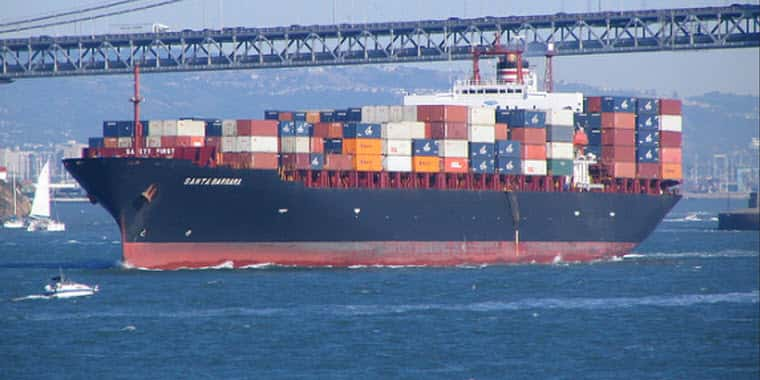President Donald Trump’s announcement this week of a 10 percent universal tariff on all imported goods has sparked a divided response from major agricultural groups across the United States. While some livestock industry leaders are applauding the move as a long-overdue step toward fairer trade, others are raising concerns that the tariffs could further strain an already-stressed farm economy.
The new tariffs, unveiled during Trump’s “Make America Wealthy Again” press conference in the White House Rose Garden, include reciprocal duties targeted at key trading partners such as China, the European Union, India, Japan, and South Korea. The administration says the tariffs are intended to combat predatory trade practices and support domestic industries.
Sheep Industry Applauds Lamb Tariff
The American Sheep Industry Association (ASI) strongly backed the administration’s decision, particularly the implementation of a 10 percent tariff on imported lamb from Australia and New Zealand — countries responsible for 99 percent of U.S. lamb imports.
“Our main competitors flooded the U.S. market by an additional 30 percent in 2024,” said ASI President Ben Lehfeldt of Montana. “Ten percent is a good first step… Predatory imports must be countered with every tool in the toolbox.”
The U.S. imported a record 309.3 million pounds of lamb last year, largely due to the near 40-percent trade discount foreign importers hold over the U.S. dollar. ASI has indicated plans to continue pursuing a formal trade case and closely monitor the impact of the new tariffs.
R-CALF USA: Tariffs Needed to Stop Industry Collapse
R-CALF USA also praised the across-the-board tariffs. CEO Bill Bullard said they’re necessary to reverse “the alarming rate” at which ranchers are exiting the industry.
“Tariffs will help put an end to the globalists’ practice of using cheaper imports to reduce demand for domestic cattle and sheep,” Bullard said. He pointed to USDA census data showing more than 21,000 beef cattle operations vanished annually between the last two agricultural censuses.
In addition to the universal tariff, R-CALF is urging the administration to adopt a tariff-rate quota system to cap imported volumes and implement a 25 percent tariff on live cattle from Canada and Mexico.
Farm Bureau Warns of Retaliation, Rising Costs
But not all agricultural voices are cheering. The American Farm Bureau Federation (AFBF), the country’s largest general farm organization, expressed deep concern over the announcement, warning that tariffs could hurt more than help.
“Trade is critical to the success of farmers and ranchers across the country,” said AFBF President Zippy Duvall. “Tariffs will drive up the cost of critical supplies and retaliatory tariffs will make American-grown products more expensive globally.”
Duvall urged the administration to seek a swift resolution to trade disputes and pursue strategies that expand — rather than limit — export opportunities. Over 20 percent of farm income comes from exports, according to AFBF.
Farmers Union: “Family Farmers Will Bear the Brunt”
The National Farmers Union (NFU) echoed those concerns, warning that the new tariffs will exacerbate financial uncertainty in rural America.
“One thing is certain: American family farmers and ranchers will bear the brunt of this global trade war,” said NFU President Rob Larew. “The economic strain and uncertainty that farmers face have reached a breaking point.”
Larew noted that farmers need stable markets and fair trading relationships — not policies that add volatility. NFU, alongside 17 other farm organizations, sent a letter to the White House earlier this week urging a trade approach that strengthens rather than destabilizes U.S. agriculture.
The 10 percent tariffs on the goods goes into effect this Saturday, April 5, and the reciprocal tariffs on individual countries go into effect on April 9.
####
Northern Ag Network, AFBF, NFU, R-CALF, ASI – 2025



Good Morning all, just need to share concerning the tariff issue as it addresses consumption of Lamb. Today the Aussie report reported the exported rack price for onboard USA. $1351 cwt. this is Aus. $ in cents. To convert $3.87/lbs US. With the tariff of 10% the increase will be .0387 cents/lbs. The industry needs to concentrate on distribution and consumption. Just my thought.
Dave Mc